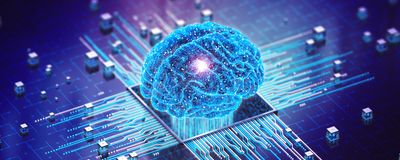protein folding
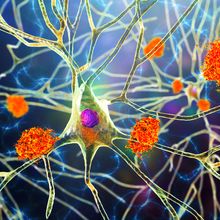
Accelerating Protein Aggregation Analysis
The Scientist Staff | Sep 16, 2024 | 2 min read
Durable analytical instruments expedite the study of misfolded proteins linked to neurodegenerative diseases.
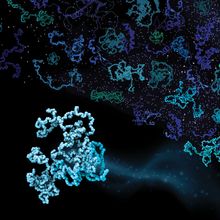
The Dynamic Lives of Intrinsically Disordered Proteins
Danielle Gerhard, PhD | Sep 13, 2024 | 10+ min read
Shapeshifting proteins challenge a long-standing maxim in biology.
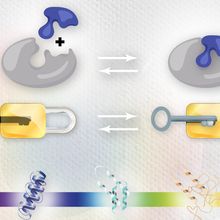
Infographic: Shapeshifters in the Proteome
Danielle Gerhard, PhD | Sep 13, 2024 | 2 min read
Textbooks often depict proteins as nicely folded three-dimensional structures, but many proteins are far from it.
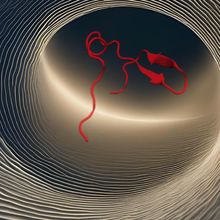
From Symphony to Structure: Listening to Proteins Fold
Rohini Subrahmanyam, PhD | Aug 21, 2024 | 4 min read
By assigning sounds to the dynamic bonds within proteins, scientists gathered new insights on protein folding.

Fast Tracking Protein Delivery into the Nucleus
Kamal Nahas, PhD | Aug 12, 2024 | 4 min read
Mutations that loosen rigid proteins turbocharge their nuclear entry.
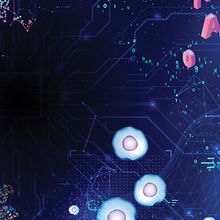
Infusion of Artificial Intelligence in Biology
Meenakshi Prabhune, PhD | Feb 23, 2024 | 10 min read
With deep learning methods revolutionizing life sciences, researchers bet on de novo proteins and cell mapping models to deliver customized precision medicines.
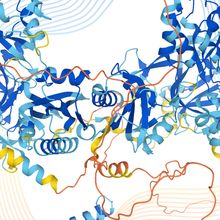
Lasker Award for Revolutionizing Protein Structure Predictions
Laura Tran, PhD | Sep 21, 2023 | 6 min read
John Jumper and Demis Hassabis received this year’s 2023 Albert Lasker Basic Medical Research Award for their work on the artificial intelligence system AlphaFold, which changed the landscape of protein biology.
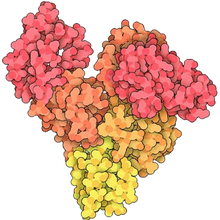
Providing Stability In Vivo, In Vitro, and In Culture
The Scientist and MilliporeSigma | Aug 15, 2023 | 3 min read
Albumins enable researchers to bind, sequester, and stabilize important molecules across research applications.
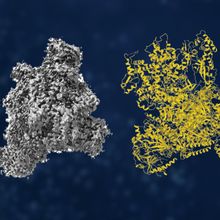
Cryo-EM: Building on a History of Invention and Innovation
Thermo Fisher Scientific | Aug 2, 2023 | 1 min read
From humble yet ingenious beginnings to Nobel recognition, cryogenic electron microscopy (cryo-EM) provides insights into scientific questions that other technologies are unable to answer.
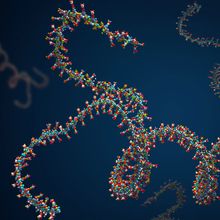
My Protein Didn't Fold and Neither Did I
Meenakshi Prabhune, PhD | Aug 1, 2023 | 2 min read
When Gaurav Ghag realized that he had replicated a calculation error in every experiment during four years of his graduate research, he initially thought that his career had unraveled with his protein.
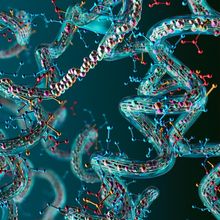
Now AI Can Be Used to Design New Proteins
Kamal Nahas, PhD | Mar 3, 2023 | 4 min read
Machine learning can be harnessed to synthesize artificial light-bearing enzymes that actually work in cells.
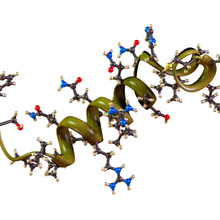
2023 Breakthrough Prizes Showcase Research in AI and Narcolepsy
Amanda Heidt | Sep 22, 2022 | 2 min read
Three prizes were awarded to six researchers working across the life sciences on cellular organization, protein structure, and the genetic underpinnings of a chronic sleep disorder.
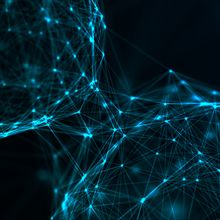
Exploring the World of Glycobiology
The Scientist and Vector Laboratories | Mar 23, 2022 | 1 min read
Researchers study sugar modifications to understand health and disease.
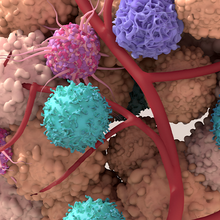
Examining Altered Glycobiology in Cancer
The Scientist and Vector Laboratories | Mar 23, 2022 | 1 min read
Changes to protein glycosylation play a major role in dictating cancer progression and prognosis, but could they also present biomarkers or therapeutic targets?
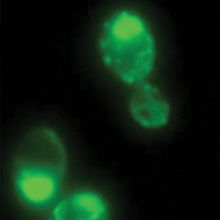
Protein Mediates Non-Genetic Inheritance of Growth Strategies
Catherine Offord | Jan 4, 2022 | 2 min read
An RNA-modifying enzyme passed to daughter cells during budding allows yeast cells to switch between faster- and slower-growing phenotypes.
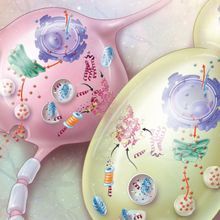
Infographic: Modeling Neurodegenerative Diseases with Yeast
Mahlon Collins | Oct 1, 2021 | 3 min read
Conservation of structures and functions between single-celled fungi and human cells allow researchers to probe the brain.
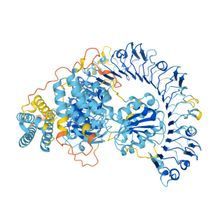
Predictions of Most Human Protein Structures Made Freely Available
Lisa Winter | Jul 23, 2021 | 3 min read
The AlphaFold program from AI firm DeepMind has amassed a huge database of protein structures from humans and model organisms.
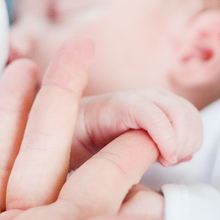
Undone Proteins Take Out Bladder Cancer
Roni Dengler, PhD | Jul 20, 2021 | 3 min read
An unfolded protein found in human milk shows promise in early clinical trials to treat bladder cancer.
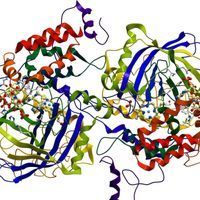
Robert “Buzz” Baldwin, Early Expert in Protein Structures, Dies
Jef Akst | Apr 2, 2021 | 2 min read
Research by the Stanford University School of Medicine professor revealed how newly formed strings of amino acids fold into complex three-dimensional shapes.
